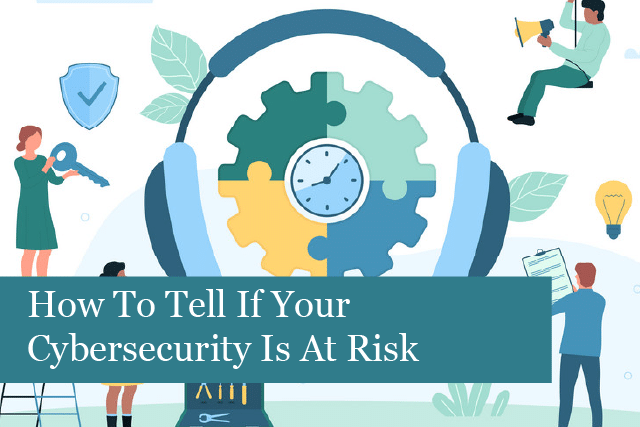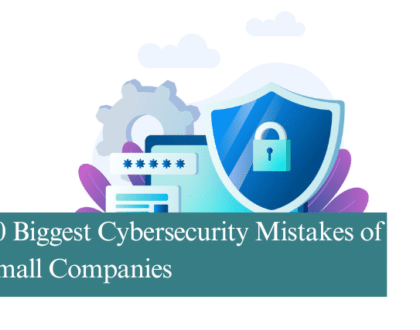
In an era where cyber threats are in a constant state of evolution, safeguarding your company demands more than just the basic installation of a firewall or antivirus software. It necessitates a proactive and continually evolving cybersecurity strategy to effectively manage the dynamic landscape of cyber risks.
Rethinking IT Department Assurance
While the presence of an IT department may instil a semblance of security, it does not guarantee immunity from cyber-attacks. Recognising the indicators of potential threats empowers businesses to establish proactive measures. Before delving into specific risks, it is prudent to define cyber risk as the potential for harmful disruptions to sensitive data, business operations, or financial integrity.
Categorising Security Risks
Security risks come in various forms, including malware, ransomware, data leaks, phishing, cyberattacks, and insider threats. It is crucial to distinguish cyber risks from vulnerabilities. Vulnerabilities represent weaknesses that, when exploited, lead to unauthorised network access, while cyber risk is the likelihood of a vulnerability being exploited.
Quantifying Cybersecurity Risks
Classifying cybersecurity risks on a scale of zero to high is contingent on factors such as the nature of the threat, system vulnerability, and the potential financial or reputational damage. It is essential to acknowledge that absolute risk elimination in business processes or information systems is rare, and uncertainty is inherent in risk assessment.
Identifying Signs of Vulnerability
- Operating Systems: Utilising outdated systems exposes organisations to security risks, as older systems lack the latest security features and updates. The provider typically stops providing support and updates for older versions, leaving them vulnerable to cybercriminals.
- Anti-virus Software: Keeping anti-virus software current is imperative for staying ahead of evolving malware and viruses. Regular updates ensure that the software can identify and mitigate the latest threats.
- System Performance: A sudden decline in performance could indicate a potential denial-of-service (DoS) attack. Proactive measures, such as monitoring network traffic and implementing security protocols, are more cost-effective than dealing with the aftermath of an attack.
- Bring Your Own Device (BYOD): Allowing employees to use personal devices introduces security risks. Implementing a BYOD policy with proper documentation and training is essential. It is crucial to maintain visibility on the operating systems and security protection of these devices.
- High Staff Turnover: Rapid staff turnover may lead to lapses in cybersecurity training, making it challenging to manage access and passwords effectively. Implementing a robust onboarding and offboarding process ensures that access is promptly revoked for departing employees.
- Infrequent Data Backups: Regularly backing up data is crucial for mitigating damage from cyber-attacks, providing a defence against ransomware and other threats. A comprehensive backup process protects against data loss not only from cyber-attacks but also from other potential disasters.
- Lack of Cybersecurity Policies: Human error is a common cause of cyberattacks. Implementing cybersecurity policies, including training and two-factor authentication, adds an extra layer of protection. Clear guidelines on secure password creation and storage are essential.
- Absence of a Cybersecurity Strategy: Prioritising cybersecurity is crucial for effective business protection. Conducting a cybersecurity assessment and implementing strategies like dark web monitoring enhance overall security. Developing and regularly updating a comprehensive cybersecurity strategy is essential for adapting to evolving threats.
Seeking Assurance in IT Partnerships
If uncertainty persists regarding current cybersecurity measures, consulting with the IT team is paramount. Assess their capabilities and inquire about their approach to compliance, security, and business continuity. A reliable IT partner should prioritise their own cybersecurity, ensuring comprehensive protection for your business. Ask pertinent questions when seeking a new IT partner to ensure alignment with your cybersecurity needs.
Recommended Posts

How to Get the Most Out of Your IT Budget
25th April 2025

10 Biggest Cybersecurity Mistakes of Small Companies
18th April 2025

The Importance of Planning in Business IT Solutions
11th April 2025
